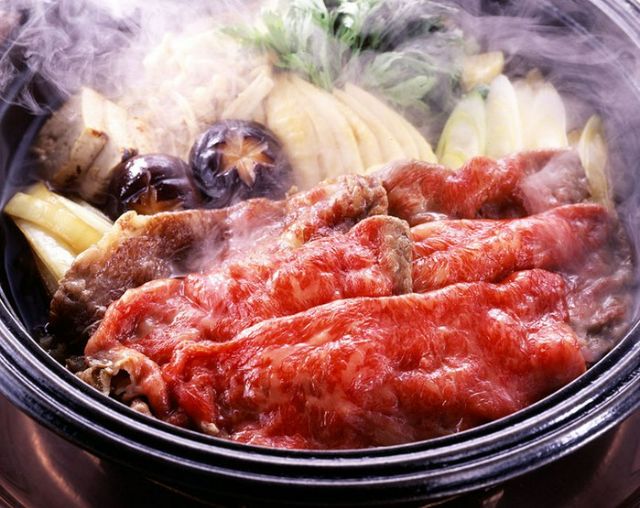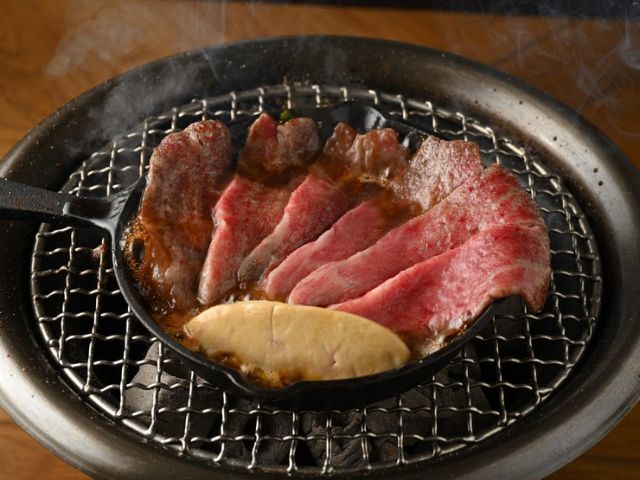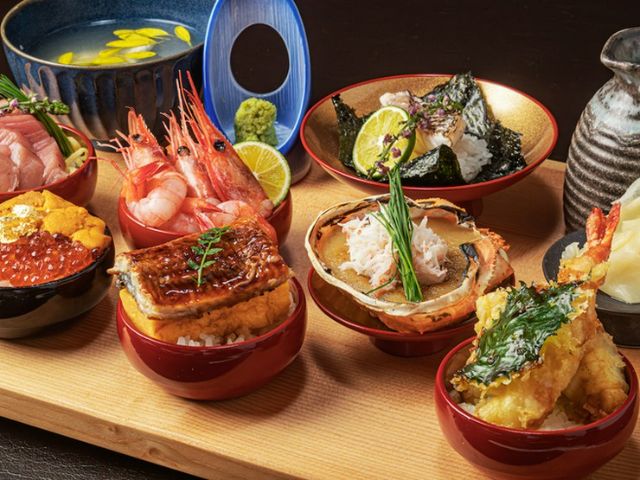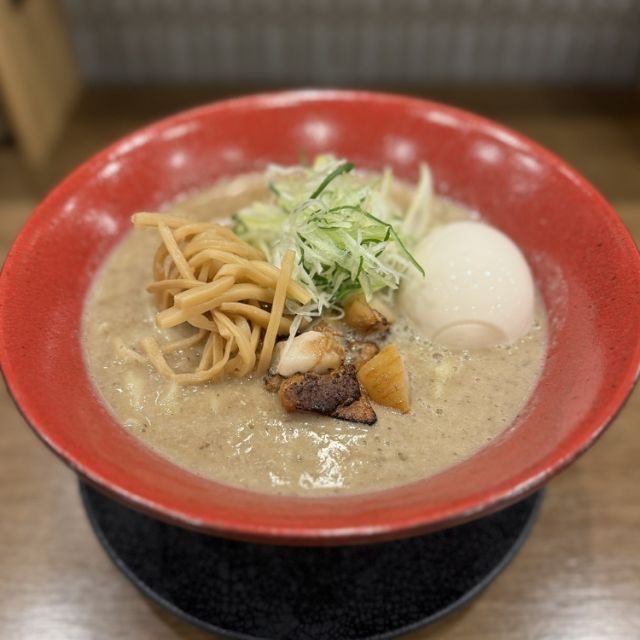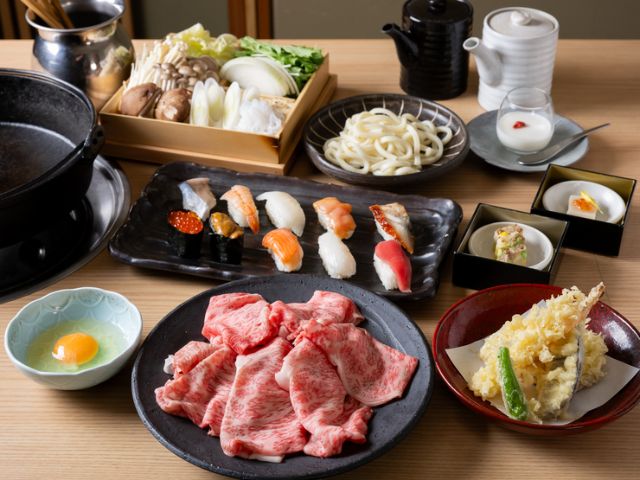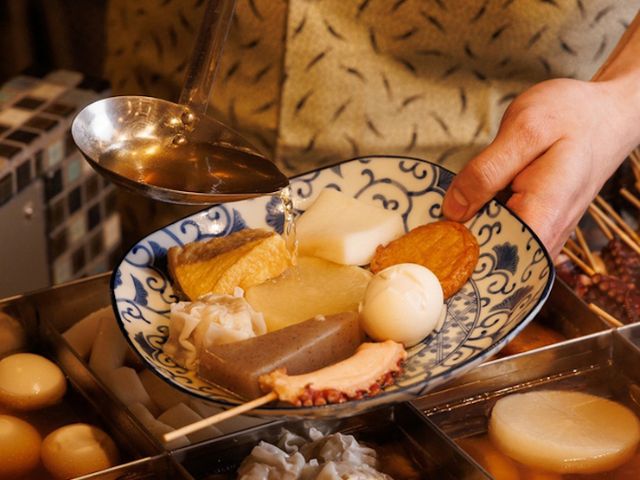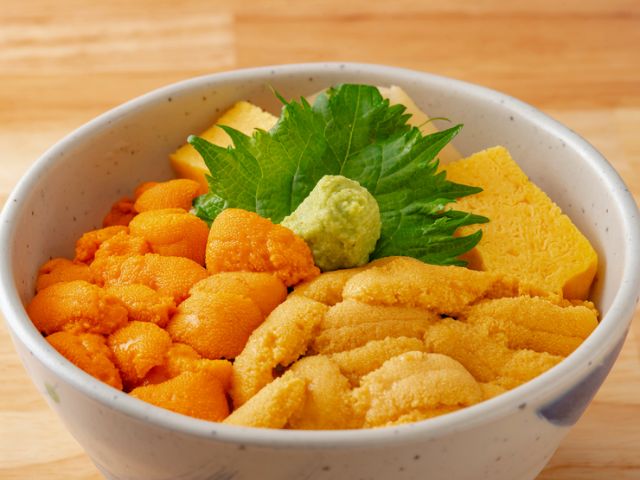Enjoy Japan’s Springtime Ohanami Culture at These Amazing Cherry Blossom Viewing Spots!
Update-Date: Mar 26, 2025
Author:
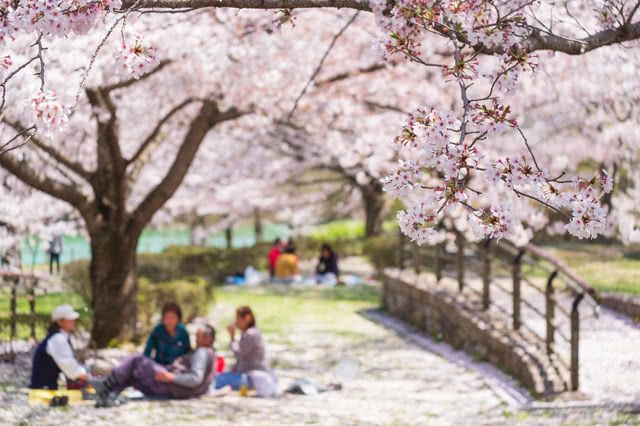
When Is the Best Period for Cherry Blossom Viewing?
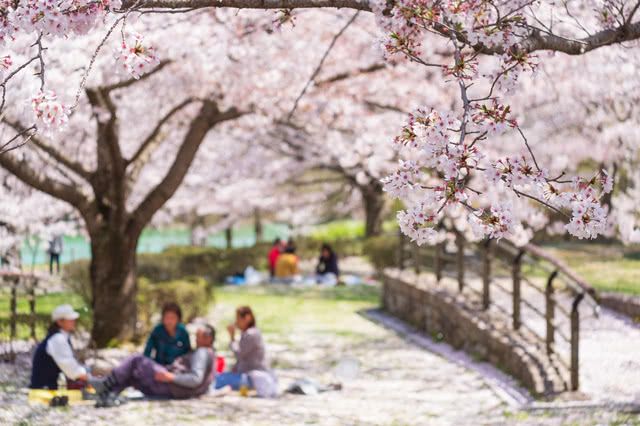
As the season approaches, the Japanese media begins announcing their predictions for the start and full bloom dates. Even the Japan Meteorological Agency issues an official cherry blossom forecast, making it a nationwide event.
The cherry blossom viewing period varies by region, with more temperate cities like Tokyo and Osaka peaking from late March to early April, while colder regions like Hokkaido come as late as early to mid-May.

Japan’s cherry blossom forecasts focus on the Somei Yoshino variety, which has pale pink flowers. However, there are several other species of cherry trees that bloom at different times.
For instance, the yaezakura cherry (a general term for cherry blossoms with more than five petals) typically blooms about two weeks later than Somei Yoshino, while the Kawazu-zakura cherry, named after a famous cherry blossom spot in Shizuoka Prefecture, starts blooming as early as February, despite the chilly weather.
In warmer regions such as Okinawa, where Somei Yoshino struggles to flourish, the kanhizakura cherry becomes the highlight with its beautiful deep pink flowers that hang like bells. It blooms from late January to February and can be seen all throughout the Okinawan Islands.
*This picture shows Kawazu-zakura cherry blossoms in Nishiizu/Ita, Shizuoka Prefecture, one of the most renowned ohanami spots in Japan.
Cherry Blossom Viewing Customs in Japan
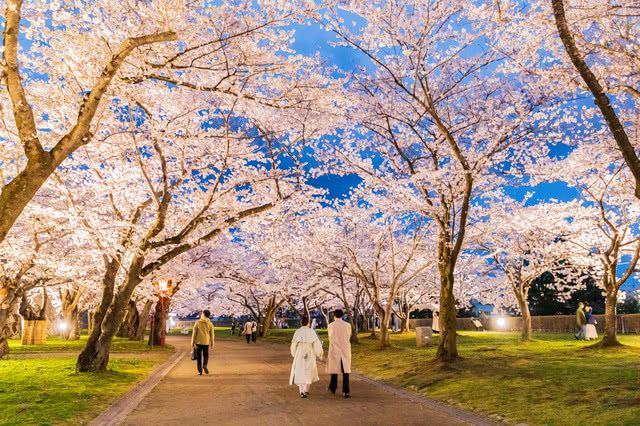
People will also visit famous gardens or promenades lined with cherry blossoms, many of which host cherry blossom festivals to celebrate. These festivals feature cherry blossom light-ups at night and street food stalls, adding to the fun and entertainment.
Recommended Cherry Blossom Viewing Spots in Tokyo

■ Ueno Park
Over 3 million people visit Ueno Park each year to witness its fabulous collection of cherry blossoms, which have enjoyed popularity since the Edo Period (1603–1867). Around 800 cherry trees dot the park, and its grounds are almost entirely covered by the picnic rugs of those wanting to experience the best of Tokyo’s cherry blossom scenery.
The Ueno Cherry Blossom Festival is held from late March to early April to celebrate the peak bloom, with lots of events for visitors to enjoy. Be sure to stay after sunset to admire the cherry blossoms brilliantly illuminated by lanterns throughout the park.

■ Meguro River
The Meguro River runs for around 4 km starting from near Ikejiri-Ohashi Station, and its banks are home to a whopping 800 cherry blossoms, making it one of Tokyo's premier ohanami spots. The narrow upstream segment of the river is entirely covered by flowers from both sides, while the wider downstream river has beautiful promenades inviting visitors to stroll.
Cherry blossoms along a roughly kilometer-long stretch of the river are also illuminated at night, rendering a magical scene as the tunnel of pink glows against the dark sky while reflecting upon the water's surface.
The Meguro River is also home to lots of unique boutique stores and stylish cafes, presenting a charming nook to discover Tokyo’s shopping scene along with cherry blossoms.
Recommended Cherry Blossom Viewing Spots in the Kansai Region
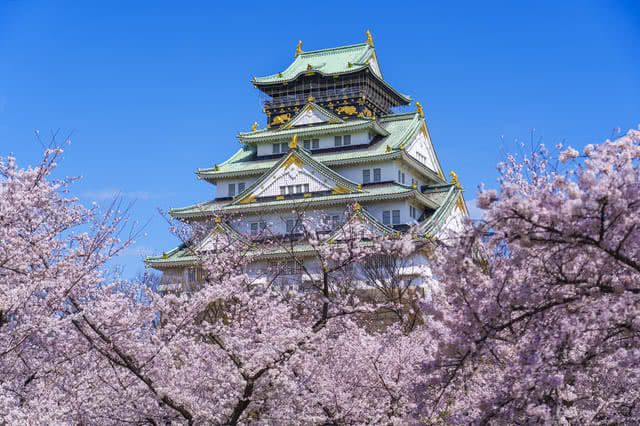
■ Osaka Castle Park (Osaka)
Osaka Castle Park is one of Osaka’s most popular tourist destinations, and its magnificent castle tower becomes even more photogenic when framed by 3,000 blooming cherry trees, including a grove of 300 in the stunning Nishinomaru Garden. The park extends its hours until 9:00 pm for the Cherry Blossom Night Viewing event, allowing visitors to snap photos of illuminated cherry blossoms beside the castle tower.
Food stalls are also set up in the park’s Citizen's Forest and Forest of Memorial Trees, serving delicious local delicacies like takoyaki (octopus and other ingredients fried in a ball of batter made from flour, dashi broth, and eggs).
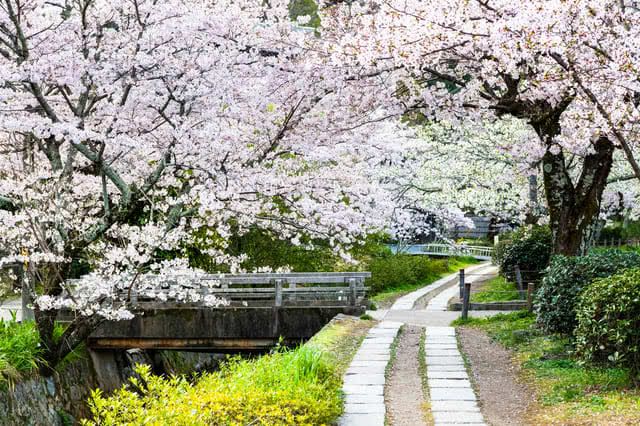
■ Philosopher's Path (Kyoto)
The Philosopher's Path is an iconic Kyoto attraction named after Kitaro Nishida, a famous Japanese philosopher who used to walk it while lost in contemplation. The path stretches for about 2 kilometers between Ginkaku-ji Temple and Eikando Temple, following a canal directly connected to Lake Biwa, Japan’s biggest lake. Approximately 400 cherry trees adorn the canal, including Somei Yoshino, Oshima-zakura, Yaezakura, and weeping cherry blossoms. During full bloom, they engulf the path in a flowery tunnel before their petals fall and flutter into the water, painting an otherworldly scene. Be sure to also explore the nearby temples along the path, too!
Enhance Your Ohanami Experience With Exquisite Dining
1. Gyujutsu Kuroobi
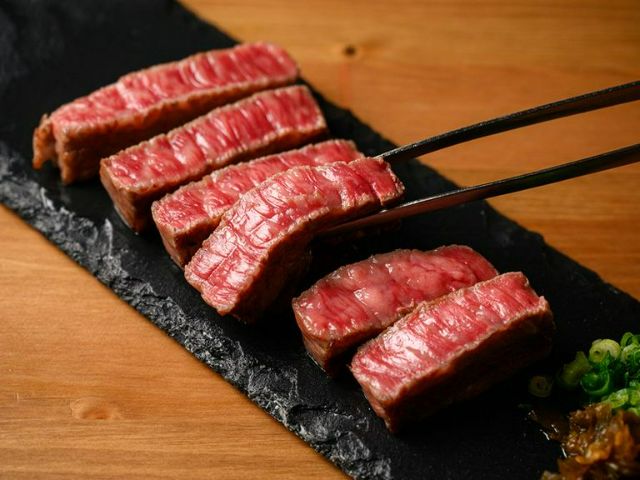

Gyujutsu Kuroobi
Closed: Sunday
Average price: [Dinner] 8,000 JPY
Access: About 2-minute walk from Okachimachi Station on the JR Yamanote Line and Keihin-Tohoku Line / About 10-minute walk from Ueno Station on the JR Lines
Address: 5-10-11, Ueno, Taito-ku, Tokyo Map
More Details Reservation
2. Sushi Onikai
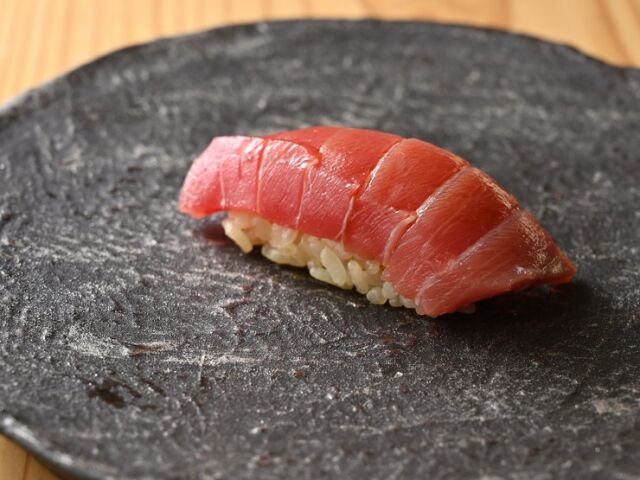
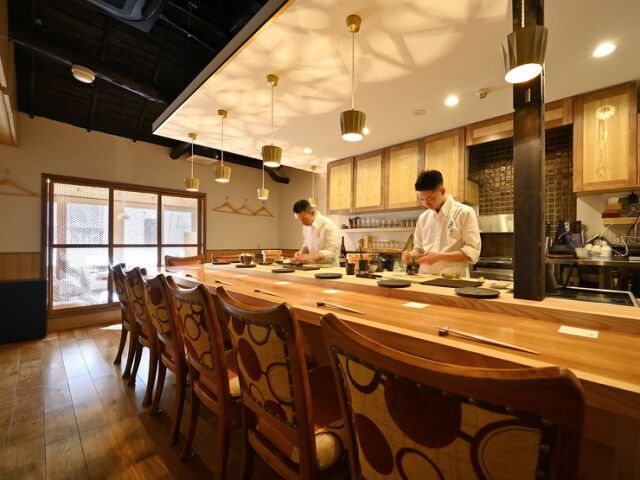
Sushi Onikai
Closed: Irregular
Average price: [Dinner] 12,000 JPY
Access: 3-minute walk from Nakameguro Station on the Tokyu Toyoko Line
Address: 2F, 2-18-11, Kamimeguro, Meguro-ku, Tokyo Map
More Details Reservation
3. SAI. teppan Tenjinbashi


SAI. teppan Tenjinbashi
Closed: Monday, Tuesday
Average price: [Dinner] 10,000 JPY / [Lunch] 3,000 JPY
Access: 2-minute walk from Exit 12 of Tenjimbashisuji 6-chome Station. Go down the alley on the left, pass Tenjinbashisuji Shopping Street, and turn right at the crossroads. The destination will be on your right.
Address: 201, Ciel Bleu Tenjinbashi, 5-5-28, Tenjinbashi, Kita-ku, Osaka-shi, Osaka Map
More Details Reservation
4. Japanese Omakase Restaurant YOSAKURA
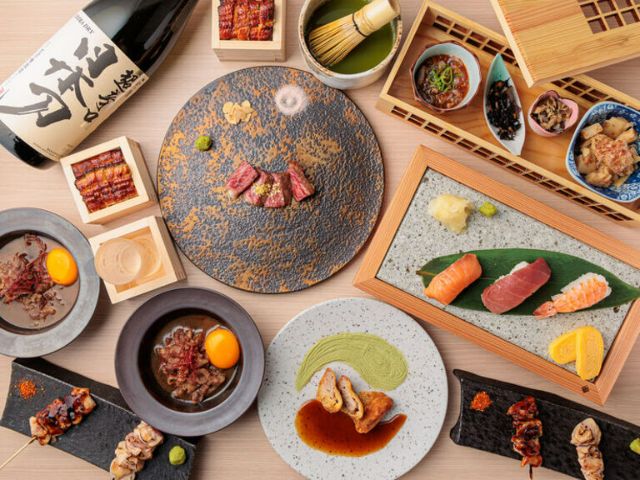

Japanese Omakase Restaurant YOSAKURA
Closed: None
Average price: [Dinner] 7,000 JPY
Access: 1-minute walk from Nagahoribashi Station Exit 7
Address: 1F, Realino Higashi-Shinsaibashi Bldg., 1-4-21, Higashi-shinsaibashi, Chuo-ku, Osaka-shi, Osaka Map
More Details Reservation
Disclaimer: All information is accurate at time of publication.
Thank you for reading our article.
Our goal is to take your culinary journey to the next level by helping you find the best restaurant. With SAVOR JAPAN, you can search and make reservations for
the restaurants found in and around Tokyo, Shibuya and Ueno that fill your needs.
Discover more restaurants by area
Keywords
Update-Date: Mar 26, 2025
Author:
Related Articles
New Articles
Categories
Cuisine
- Bars (23)
-
Japanese Cuisine (674)
- Kaiseki (46)
- Nabe (19)
- Okonomiyaki (23)
- Shabu Shabu (36)
- Soba (18)
- Sushi (136)
- Tempura (19)
- Teppanyaki (46)
- Shojin Ryori (3)
- Tonkatsu (11)
- Kushiyaki (10)
- Yakitori (44)
- Sukiyaki (35)
- Japanese Cuisine (341)
- Oyster (2)
- Sashimi/ Seafood (19)
- Unagi (eel) (31)
- Motsu Nabe (offal hotpot) (6)
- Mizutaki (chicken hot pot) (3)
- Oden (8)
- Kaisendon (seafood bowl) (9)
- Udon (2)
- Taverns(Izakaya) Cuisine (122)
- Western Cuisine (42)
- Italian/French Cuisine (94)
- Yakiniku/Steak (220)
- Chinese Cuisine (26)
- Ramen (Noodles) Cuisine (24)
- Cafe/Sweets (60)
- Other Asian Cuisine (5)
- Global/International Cuisine (7)
- Alcohol (45)
- Other (11)
Area
- Shikoku (10)
- Kyoto and Osaka (344)
-
Tokyo (452)
- Tokyo (280)
- Ginza (43)
- Roppongi (21)
- Shibuya (25)
- Shinjuku (46)
- Asakusa (20)
- Ebisu (12)
- Tsukiji (10)
- Tokyo Landmarks (4)
- Ueno (23)
- Akihabara (9)
- Ikebukuro (12)
- Jiyugaoka, Denenchofu, Nakameguro (9)
- Shimokitazawa (4)
- Kichijoji (3)
- Tachikawa (1)
- Omotesando, Harajuku, Aoyama (18)
- Akabane (1)
- Kagurazaka (4)
- Akasaka (10)
- Odaiba (1)
- Tsukishima, Harumi, Toyosu (3)
- Near Tokyo (100)
- Okinawa and Ryukyu Islands (58)
- Hokkaido (124)
- Northern Honshu (Tohoku) (31)
- Central Honshu (Chubu) (143)
- Western Honshu (Chugoku) (32)
- Kyushu (91)
Archives
- December 2025(8)
- November 2025(4)
- October 2025(3)
- September 2025(6)
- August 2025(11)
- July 2025(19)
- June 2025(18)
- May 2025(34)
- April 2025(43)
- March 2025(30)
- February 2025(36)
- January 2025(26)
- December 2024(67)
- November 2024(31)
- October 2024(15)
- September 2024(39)
- August 2024(65)
- July 2024(31)
- June 2024(54)
- May 2024(61)
- April 2024(28)
- March 2024(31)
- February 2024(42)
- January 2024(32)
- December 2023(20)
- November 2023(5)
- October 2023(11)
- September 2023(7)
- August 2023(18)
- July 2023(8)
- June 2023(8)
- May 2023(18)
- April 2023(14)
- March 2023(1)
- January 2023(1)
- April 2022(2)
- March 2022(2)
- February 2022(1)
- January 2022(1)
- July 2021(1)
- March 2021(1)
- February 2021(1)
- December 2020(1)
- October 2020(1)
- September 2020(2)
- August 2020(10)
- July 2020(6)
- June 2020(9)
- May 2020(11)
- April 2020(8)
- March 2020(8)
- February 2020(13)
- January 2020(9)
- December 2019(24)
- November 2019(8)
- August 2019(14)
- July 2019(15)
- June 2019(18)
- May 2019(17)
- April 2019(16)
- March 2019(22)
- February 2019(22)
- January 2019(26)
- December 2018(34)
- November 2018(40)
- October 2018(32)
- September 2018(11)
- August 2018(7)
- July 2018(6)
- June 2018(8)
- May 2018(10)
- April 2018(21)
- March 2018(73)
- February 2018(39)
- January 2018(26)
- December 2017(59)
Keywords
- Omakase
- Accessible
- Affordable
- All-You-Can-Eat
- Amazing Scenery
- anime
- Art
- Autumn
- Awards
- Beer Gardens
- Breakfast
- Chef Recommendations
- Cherry Blossoms
- Chinese
- Close To Station
- Condiments
- Counter
- Coupon
- Crab
- Culture
- Dassai
- Dates
- delivery
- Early Summer
- Editor's Recommendation
- English Available
- Event
- Expo
- Fall Leaves
- Family-Friendly
- Famous Restaurant
- Famous Tourist Spot
- Fast Food
- festival
- fireworks
- Flower Farm
- Free Wi-Fi
- French
- Great Location
- Guide
- Hibachi
- hotpot
- How To
- hydrangea
- Hygiene
- Illumination
- Italian
- Izakaya
- Japanese
- Japanese alcohol
- jingisukan
- Kaiseki
- Kappo
- Kushiage
- Kushikatsu
- Kyoto
- Late-Night
- Lunch
- Manners
- matsusakagyu
- Michelin
- mizutaki
- Model Course
- monjayaki
- motsunabe
- Mt.Fuji
- Multilingual Menus
- Nabe
- Narita Airport
- New Year
- Ninja
- Noodle
- Oden
- Okonomiyaki
- omotenashi
- Onsen
- Osaka
- Osaka Station
- Photogenic Site
- pizza
- PR
- Private Room
- Ramen
- ranking
- Recipe
- Regional Cuisine
- Resort
- Rice Bowl Dish (Donburi)
- sacred places
- Sake
- Sakura
- Sashimi
- sea urchin
- Setouchi Area
- Shabu Shabu
- sightseeing
- Signature Dish
- Soba
- Solo Diners Welcomed
- Spicy Food
- Spring
- Steak
- Summer
- Sunflower
- Sushi
- takeout
- Teppanyaki
- Terrace Seating
- Tokyo
- Tokyo Experiences
- Tokyo Skytree
- Tokyo Tower
- unagi
- UNESCO
- Vegan
- Vegetarian
- Wagyu
- What Popular Gourmet Sites Recommend
- Whisky
- Wine Bar
- Winter
- Wisteria
- Workshop
- World Heritage Site
- World Writers
- Yakiniku
- Yoshoku
- Yuba
- Zen
Discover Restaurants By Area
-

Tokyo Area
Japan's largest city, Tokyo, is the center of culinary culture in Japan. Countless Tokyo restaurants serve every kind of food imaginable and the Toyosu fish market keeps restaurants stocked with the nation's finest fish.
-

Near Tokyo
Coastal areas, mountains and valleys surrounding Tokyo are bursting with tourist destinations, such as hot springs and ski slopes, where many unique foods are only available locally.
-
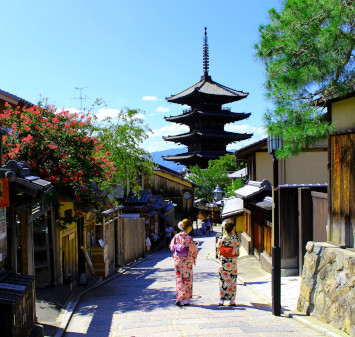
Kyoto and Osaka Area
The cities of Kyoto and Osaka, together with their surrounding areas, have greatly influenced Japan's culinary culture since the 7th Century. The region is renowned for its entertainment, Kobe beef, and wide-ranging traditional dishes.
-
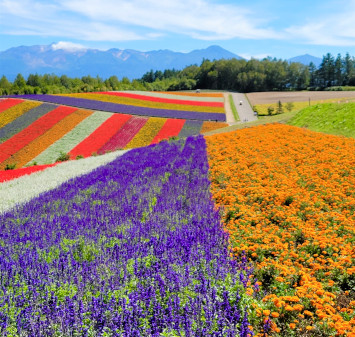
Hokkaido Area
The island of Hokkaido is home to wide-ranging produce of the finest quality, such as rice, meat, vegetables, fish and fruit. Popular dishes from Hokkaido include robatayaki (food slowly roasted on skewers) and Sapporo miso ramen.
-

Northern Honshu (Tohoku)
The northern end of Japan's main island, Honshu, is renowned for its seasonal fruit and vegetables, nation-leading harvest of fish (especially tuna from Ohma), and delicious beef from Yonezawa, Sendai and Yamagata.
-
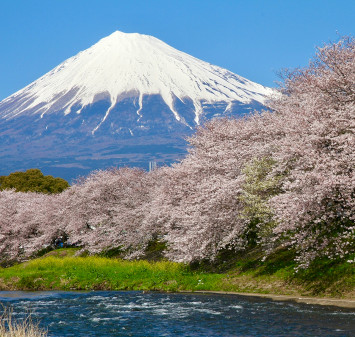
Central Honshu (Chubu)
Chubu is in the center of Japan's main island, Honshu, and its culinary culture reflects its position between Japan's western and eastern halves. Delicious Hida beef, world-famous Mount Fuji and many acclaimed sake breweries are in Chubu.
-

Western Honshu (Chugoku)
Chugoku, on the southwest of Japan's main island, is rich with diverse produce. Many of its products are praised as Japan's best, including Matsuba crabs from Tottori and oysters from Hiroshima. Its pears and muscats are also top grade.
-

Shikoku
The mild climate of Shikoku is ideal for growing citrus fruit such as sudachi. Shikoku is also famous for Sanuki udon noodles, huge yields of tiger prawn from Ehime Prefecture and the best torafugu (tiger globefish) in the country.
-

Kyushu
Western culture was first introduced to Japan through Kyushu, Japan's third largest island, where the influence of Portuguese and other western cuisine influenced the creation of a colorful culinary tradition.
-

Okinawa and Ryukyu Islands
Okinawa, Japan’s southernmost prefecture, is a treasure trove of distinctive dishes and drinks that have become popular throughout Japan, including Okinawa soba, unique sushi toppings and Awamori distilled liquor.
